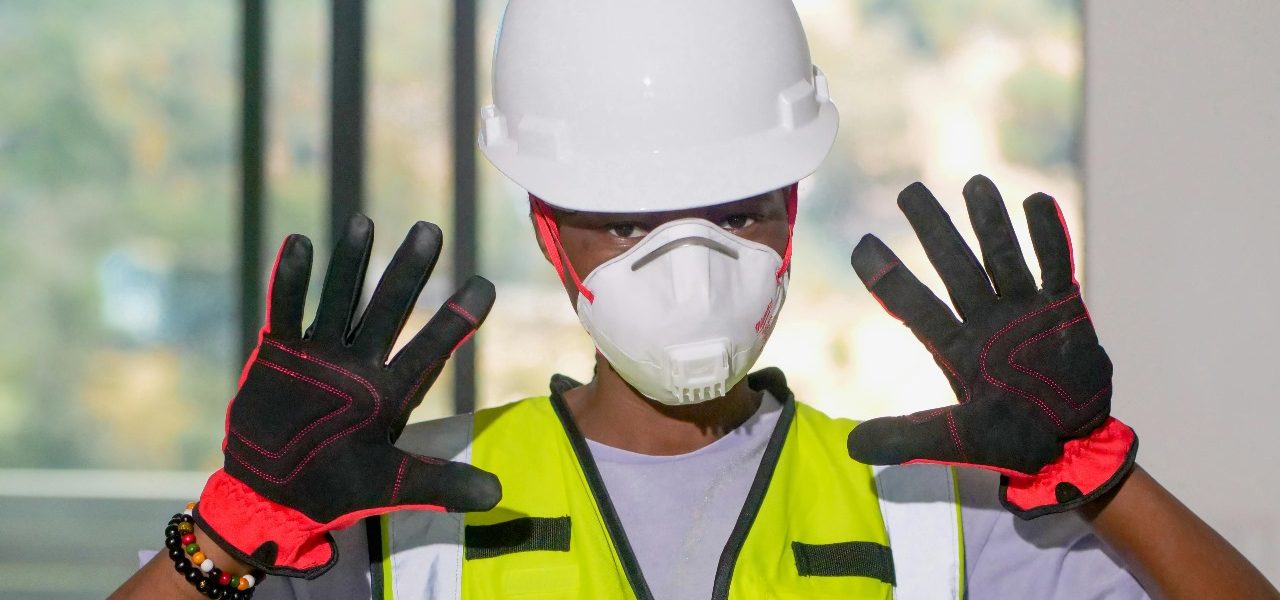Austin’s construction industry is booming, fueled by rapid economic growth and a surge in development projects across residential, commercial, and infrastructure sectors. For builders, contractors, and developers, navigating austin construction regulatory landscape is critical to ensure projects proceed smoothly, on time, and within legal requirements.
Understanding the key construction regulations specific to Austin not only avoids costly delays and penalties but also promotes safety, sustainability, and community well-being. This article highlights the essential austin construction regulations every builder should know to succeed in this competitive and dynamic market.
Building Codes and Permits: Foundation of Compliance
Austin Building Code Overview
Austin adheres to the International Building Code (IBC) with local amendments tailored to address the city’s unique climate, environmental concerns, and urban growth patterns. Builders must be familiar with:
- IBC 2021 edition (latest adoption)
- City-specific amendments, including energy efficiency and accessibility standards
- Additional codes for plumbing, electrical, mechanical, and fire safety
Compliance with these codes ensures structural integrity, occupant safety, and energy efficiency.
Obtaining Construction Permits
Before any construction work begins, builders must secure the appropriate permits from the City of Austin Development Services Department. Key permits include:
- Building permits for new construction, renovations, and additions
- Site development permits addressing grading, drainage, and erosion control
- Electrical, plumbing, and mechanical permits for specialized trades
The permitting process involves submitting detailed plans, undergoing plan reviews, and scheduling inspections. Delays or omissions in permits can halt construction and lead to fines.
Zoning and Land Use Regulations
Understanding Austin’s Zoning Code
Zoning laws regulate land use, building height, density, setbacks, and lot coverage. Austin’s zoning code divides the city into residential, commercial, industrial, and mixed-use districts, each with specific rules.
Builders must verify that proposed projects conform to:
- Allowed uses in the zoning district
- Height and bulk limitations
- Parking requirements
- Environmental overlays such as hillside and floodplain protections
Non-compliance can result in costly redesigns or denial of permits.
Neighborhood and Historic District Considerations
Certain areas in Austin are designated as historic or neighborhood conservation districts. These zones have additional regulations to preserve architectural character and community identity, affecting exterior modifications and demolitions.
Builders working in these districts should coordinate closely with the Historic Preservation Office and community stakeholders.
Environmental and Sustainability Regulations
Water and Stormwater Management
Austin enforces strict rules on water use and stormwater runoff to protect the local environment and waterways. Builders must comply with:
- Water efficiency standards for landscaping and irrigation systems
- Stormwater pollution prevention plans (SWPPPs) during construction
- Post-construction stormwater controls to minimize runoff impact
These regulations aim to reduce flooding and protect Austin’s natural resources.
Energy Codes and Green Building Incentives
Austin’s Energy Code, based on the International Energy Conservation Code (IECC) with local amendments, requires buildings to meet minimum efficiency standards for insulation, HVAC, lighting, and more.
Additionally, Austin encourages sustainable construction through:
- Green Building Program offering incentives and expedited reviews for energy-efficient projects
- Requirements for solar-ready designs on certain new constructions
Builders should integrate sustainability from the planning phase to meet these standards and maximize benefits.
Safety Standards and Worker Protection
Occupational Safety Requirements
Construction sites in Austin must adhere to both OSHA regulations and city safety codes to protect workers and the public. This includes:
- Proper use of personal protective equipment (PPE)
- Site safety plans and hazard communication
- Fall protection and scaffolding safety
Ensuring safety reduces accidents and supports project continuity.
Noise and Working Hours Restrictions
Austin regulates construction noise levels and limits noisy work during certain hours to minimize neighborhood disruption. Typically, construction noise is restricted to:
- Weekdays: 7 a.m. to 8 p.m.
- Weekends: 10 a.m. to 8 p.m.
Builders must plan schedules accordingly and obtain any necessary noise variances for after-hours work.
Inspection and Compliance Enforcement
City Inspections Process
Throughout the construction lifecycle, city inspectors review compliance with building codes, permits, and safety regulations. Typical inspections cover:
- Foundation and footing
- Framing and structural systems
- Electrical, plumbing, and mechanical installations
- Final building and occupancy approvals
Successful inspections are required before proceeding to the next construction phase or occupancy.
Handling Violations and Penalties
Failure to comply with Austin’s construction regulations can result in:
- Stop-work orders
- Fines and penalties
- Legal action or project delays
Builders should maintain thorough documentation, communicate proactively with city officials, and address issues promptly.
Conclusion: Navigating Austin Construction Regulations with Confidence
Austin’s regulatory framework is comprehensive and designed to ensure safe, sustainable, and well-planned construction that aligns with the city’s vision for growth. Builders who understand and comply with building codes, zoning, environmental requirements, and safety standards will enhance their reputation, reduce risks, and contribute positively to Austin’s urban fabric.
For contractors and developers operating in Austin, staying updated on regulatory changes and leveraging resources from the City of Austin Development Services Department and Associated Builders and Contractors (ABC) can provide valuable guidance and support.
Success in Austin construction begins with compliance — a commitment that safeguards your projects, workers, and community while paving the way for continued growth in one of America’s most exciting construction markets.




